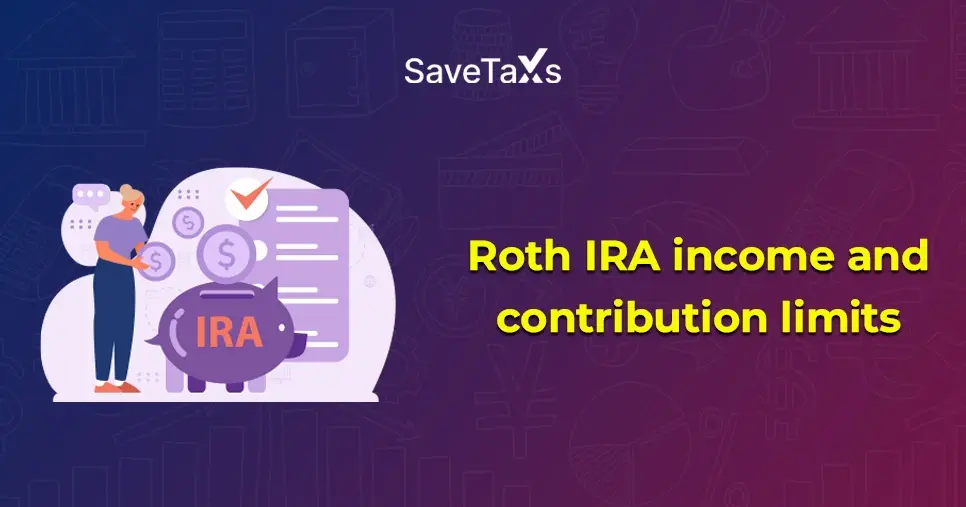The Income Tax Department to deduct, collect, and track taxation and financial transaction issues the Permanent Account Number (PAN) and Tax Deduction and Collection Account Number (TAN). An individual, before starting a business, should understand the difference between PAN and TAN. It is because when starting a business in India or engaging in financial activity to make money, these numbers help you know the compliance requirements.
Considering this, have you ever thought why banks and financial institutions ask for a PAN number? However, for salary deductions, your employer asks for a TAN number. Confused? Then, this blog post is for you. It consists of the key difference between the PAN and TAN numbers. So, read on and clear all your doubts.
Key Takeaways
- The Income Tax Department of India issues the PAN and TAN numbers to collect, deduct, and track taxation and financial transactions.
- Despite being issued by the Income Tax Department, both PAN and TAN serve different tax purposes in India.
- A PAN number is allotted to salaried individuals, businesses, and entities to track their tax-related transactions. NRIs and foreign entities also need this if they have taxable income in India.
- A TAN number is issued to individuals, entities, and businesses who are accountable for deducting TDS or collecting TCS. Further, NRIs and foreign entities also need the TAN number if they are involved in property transactions in India.
- Additionally, you cannot quote a PAN number in a place where the TAN number is required.
What is PAN?
The full form of PAN is Permanent Account Number (PAN). It is issued by the Income Tax Department of India to salaried individuals, businesses, and entities. A PAN card is used for tax filing, tracking financial transactions, business registration, and mandatory document for banking. This 10-digit alphanumeric unique identification is a universal tool for tax-related and financial activities.
Further, let's understand the PAN number in more detail.
Structure of PAN Number
As mentioned above, the 10-digit PAN number is alphanumeric, and each character denotes a distinct detail of the cardholder. The format of it is as follows:
- The first three letters of the card are alphabetical in nature and consist of any three letters from A to Z.
- The fourth letter of the alphabet among the several entities denotes the category of the taxpayer. These are a follows:
- A: Association of Persons
- B: Body of Individuals
- C- Company
- F: Firms
- G: Government
- H: Hindu Undivided Family
- L: Local Authority
- J: Artificial Judicial Person
- P: Individual
- T: Association of Persons for a Trust
- The fifth letter is the first letter of the surname of an individual
- The next four letters are numbers ranging between 0-9
- The last letter is an alphabet
Who Needs a PAN Number?
All Indian citizens, non-resident Indians (NRIs), businesses, companies operating in India, and foreign investors earning taxable income in India are eligible for a PAN number. It also includes freelancers and professionals dealing with high-value financial transactions.
Why Does an NRI Need a PAN Card?
While living overseas, NRIs found it quite difficult to manage their financial interests in India. It requires proper documentation. In this, NRI PAN helps in making the situation favorable. Confused? Here is how a PAN number can help you :

- Being an NRI, if you want to invest in Indian mutual funds, stocks, and other securities, a PAN card serves as a vital document. It is needed to open a trading or Demat account.
- Whether you are renting, buying, or selling a property in India, you need a PAN number. It helps in transaction registration and compliance.
- To open or manage NRO/NRE bank accounts or make large financial transactions, generally, banks ask for a PAN number.
- If you have a taxable income in India, such as business earnings, consultancy fees, or rent, having a PAN is mandatory.
- If you are acting as a partner or director in an LLP or an Indian company, legally, you should hold a PAN card.
- During the repatriation of funds, you also need to have a PAN card. It helps the tax officials in validating the source and legality of the funds.
- Additionally, when an NRI applies for education, home, or other financial loans, Indian lenders usually ask for a PAN card.
This is how a PAN number helps NRIs in simply handling several financial and legal situations in India. Moving ahead, now let's know about the TAN number.
File Your Tax Returns on Time as an NRI
With expert guidance, file your taxes with Savetaxs on time and maximize your tax refunds.
What is TAN?
The full form of TAN is Tax Deduction and Collection Account Number. Like the PAN number, it is also a ten-digit alphanumeric number issued by the IT department to all people accountable for collecting and deducting tax. Considering this, under Section 203A of the Income Tax Act, 1961, it is mandatory to quote TAN on all TCS and TDS returns.
Further, let's know about the TAN number in more detail.
Structure of TAN Number
Like the PAN number, the structure of the TAN number also denotes information about the cardholder. Considering this, the format of it is as follows:
- The first three letters of the PAN number denote the jurisdiction where the TAN number was issued.
- The fourth alphabet denotes the initial of the individual or entity applying for the TAN.
- The next five digits consist of numbers. These numbers are unique and generated by the system.
- The last digit is an alphabet that is also generated by the system.
Who Needs a TAN Number?
The TAN number is compulsory for employees deducting TDS from salaries, banks deducting tax on earned interest, businesses collecting TCS from customers, and companies paying royalties, professional fees, or commissions. In simple words, any person who is accountable for TDS and TCS (Tax Collected at Source) should obtain a TAN.
Additionally, obtaining a TAN is compulsory for NRIs and foreign entities if they are involved in property transactions in India, specifically where they need to deduct TDS.
When Do You Need a TAN?
You need a TAN number in the following scenarios:
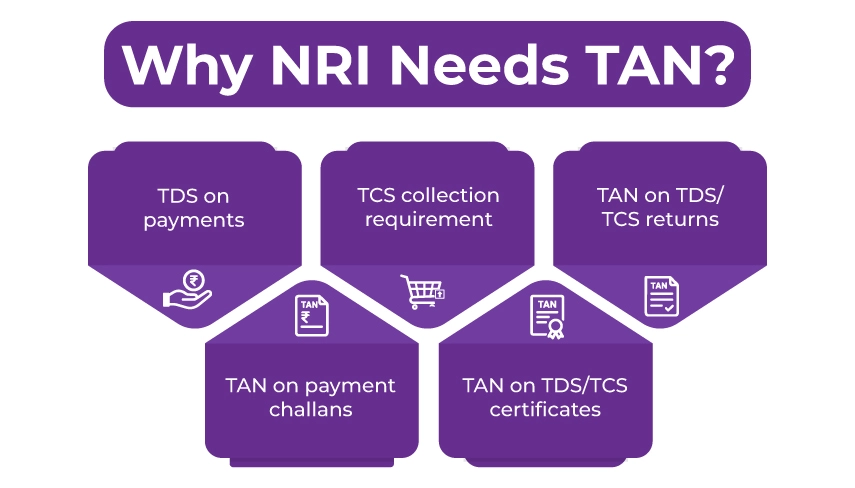
- When deducting tax from payments like professional fees, salaries, and commissions, and depositing them with the tax officials.
- According to tax law, you require a TAN number to collect tax at source from the sale of specific goods.
- It is essential to use your TAN on all TCS/ TDS returns.
- Additionally, you should quote the TAN on all your TCS/ TDS payment challans.
- Also, the TAN number should be stated on all TCS/TDS certificates issued by you.
So, these were some of the situations where you need a TAN number. Now, moving further, let's know the difference between a PAN and a TAN number.
PAN vs TAN: Key Difference at a Glance
To help you understand the difference between PAN and TAN numbers, based on the key features like purpose, who needs them, and usage, here is a quick comparison table. So read on and know how PAN and TAN are different from each other.
| Basis |
PAN Number |
TAN Number |
| Full Form |
Permanent Account Number. |
Tax Deduction and Collection Account Number. |
| Code Format |
10-digit alphanumeric code. |
10-digit alphanumeric code. |
| Issued By |
Income Tax Department of India. |
Income Tax Department of India. |
| Who Needs It |
Individuals, NRIs, companies, Partnership firms, trusts, government, HUF, local authority, and foreign entities. |
Businesses and employers who are accountable for deducting and collecting TDS/ TCS. |
| Purpose |
Used for all major financial and tax-associated activities. |
Used for collecting or deducting tax at source, i.e., TDS/ TCS. |
| Common Uses |
Filing income tax returns, proof of identity, opening bank accounts, business registration, and making high-value transactions. |
Filing out TDS returns, issuing TDS certificates, and more. |
| Legal Rule |
According to Section 139A of the Income Tax Act, 1961. |
According to Section 203A of the Income Tax Act, 1961. |
| Application Form |
- Form 49A: For resident Indians, NRIs, Indian companies, firms, and Indian AOP/ BOP.
- Form 49AA: For OCIs, PIOs, all foreign citizens, and companies.
|
Form 49B. |
| Penalty for Non-Compliance |
INR 10,000 penalty for non-compliance or misuse of the card. |
INR 10,000 penalty for not applying or quoting for TAN. |
| How Many Allowed |
One PAN number per individual or entity. |
One TAN number per collector or deduction. |
So, these were the key differences that make a PAN different from a TAN.
Can You Use PAN Instead of TAN?
No, you cannot use PAN instead of TAN. As mentioned above, the purpose for which these numbers are issued is different. A PAN is a unique identification number issued to track an individual's transactions. It includes tax payments, return of wealth, loans taken by a person, TDS/TCS credit, return of income, and more.
A TAN is a unique identification number issued to individuals who need tax collected at source or deducted at source. However, under section 194A, 194 B, or 194M, if an individual needs to deduct TDS, they can use PAN in place of TAN.
So, from the above information, it is clear that generally you cannot use PAN instead of TAN, but in certain sections, it is an exception.
The Finance & Tax Consultants for NRIs
Specialized finance and tax consultants with a deep understanding of NRI taxation laws.
Final Thoughts
Lastly, now you know the difference between a PAN and a TAN and where these are used specifically. Considering this, PAN is used to identify individuals and entities for income tax, whereas TAN is essential for TCS and TDS. Further, having an understanding of these identifiers assists you in avoiding penalties. Additionally, it certifies that your financial dealings run smoothly.
Moreover, if you are looking for a reliable NRI PAN card and tax planning services in India, connect with Savetaxs. We have a team of professionals who help with all your PAN and tax-related queries. Also, assist you in managing your tax obligations.
Note: This guide is for informational purposes only. The views expressed in this guide are personal and do not constitute the views of Savetaxs. Savetaxs or the author will not be responsible for any direct or indirect loss incurred by the reader for taking any decision based on the information or the contents. It is advisable to consult either a CA, CS, CPA, or a professional tax expert from the Savetaxs team, as they are familiar with the current regulations and help you make accurate decisions and maintain accuracy throughout the whole process.
 India
India
 USA
Tax Consultancy Services
USA
Tax Consultancy Services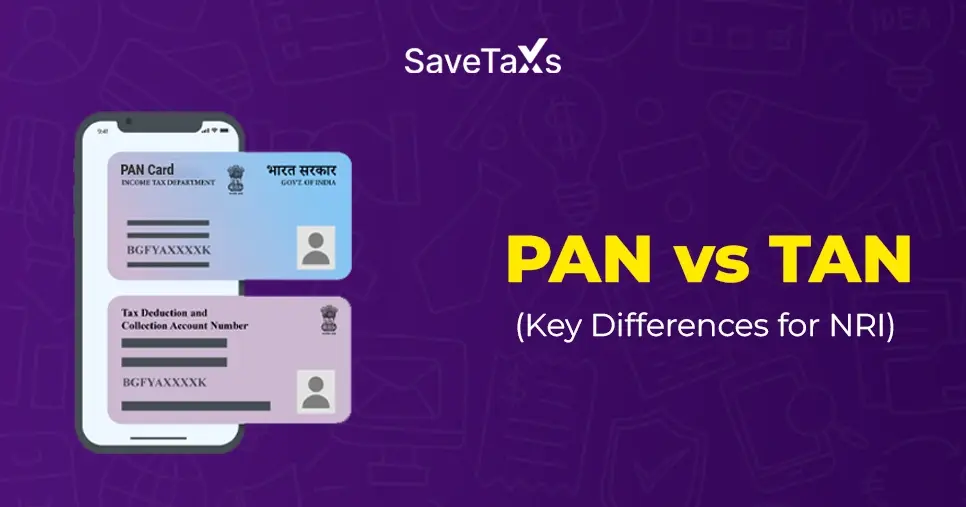



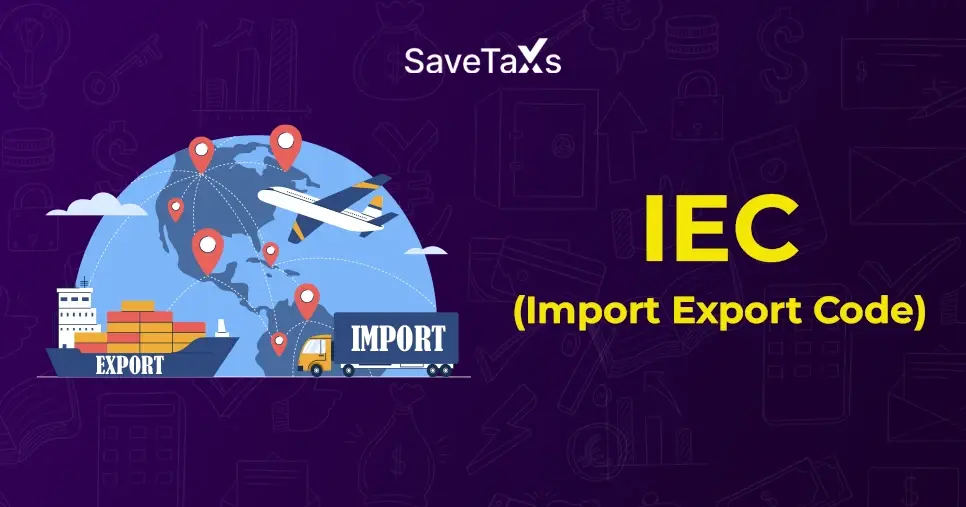
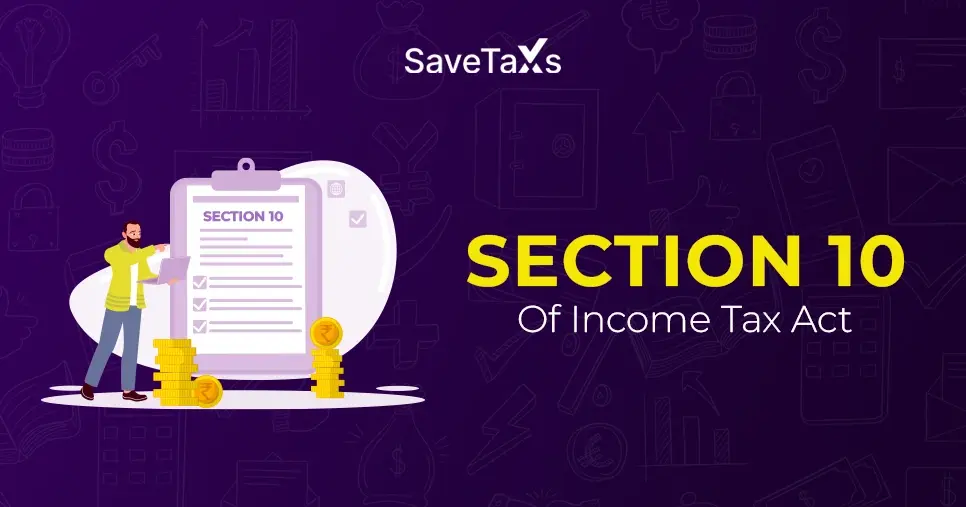
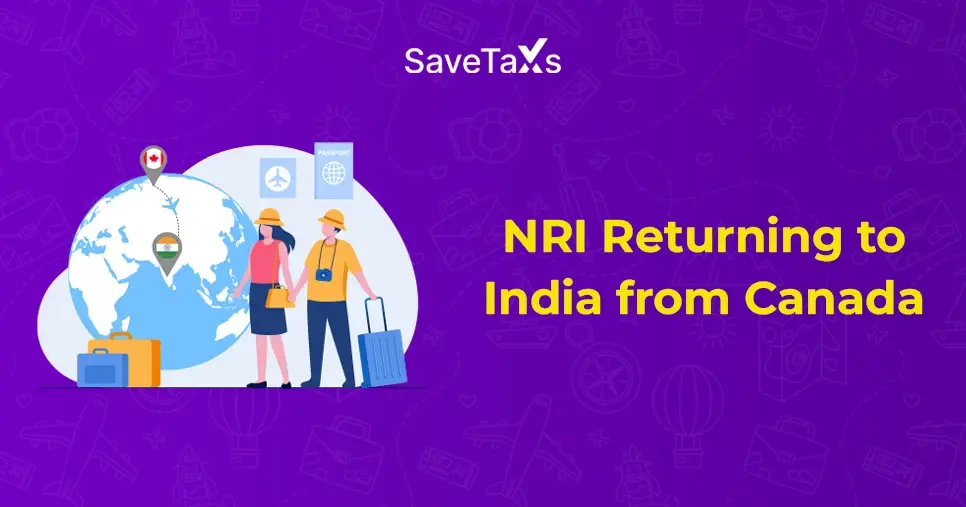
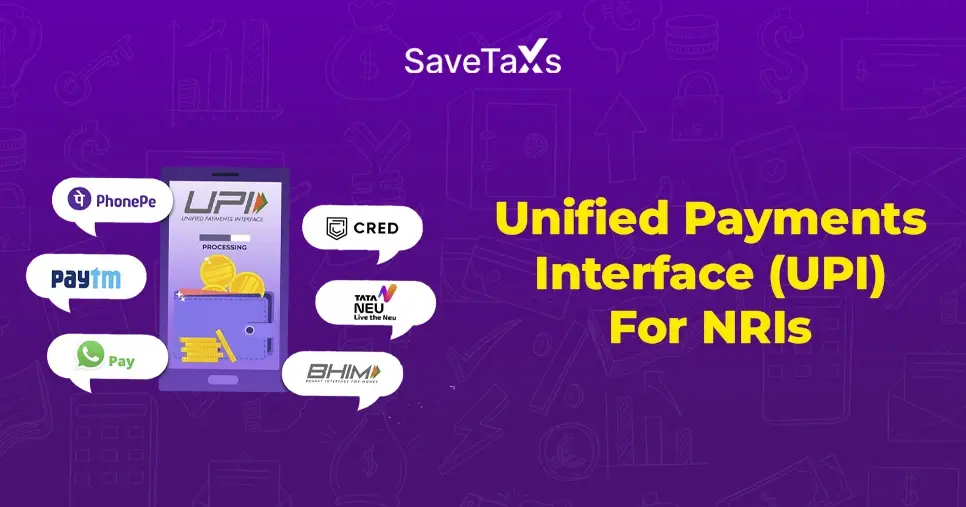
_1763555884.webp)
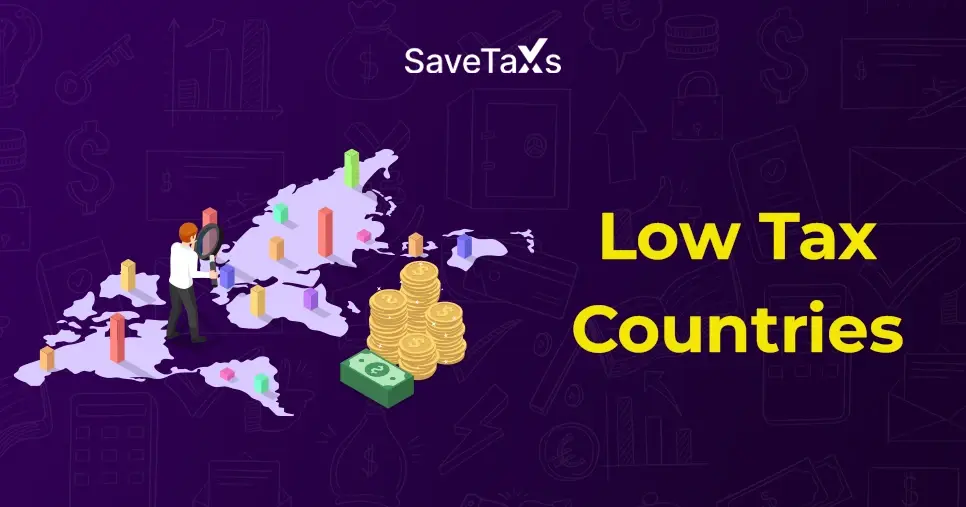
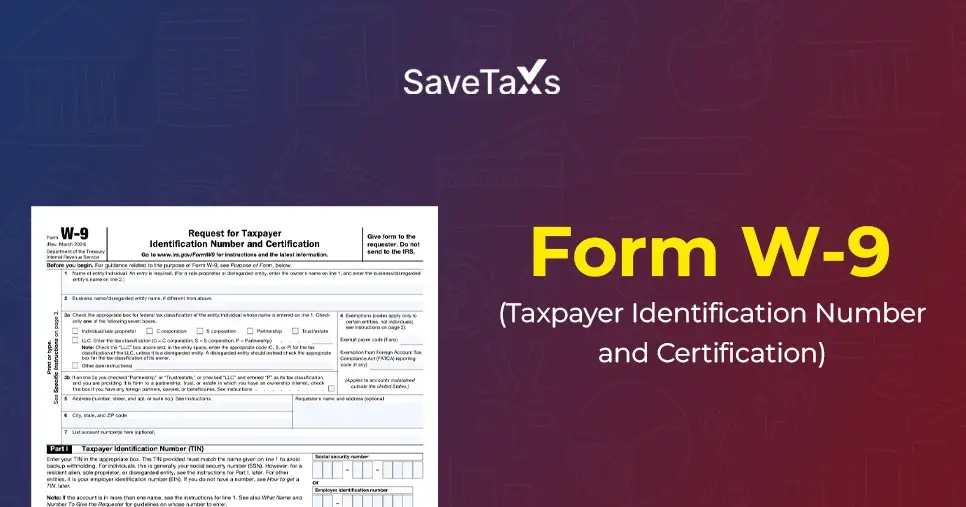
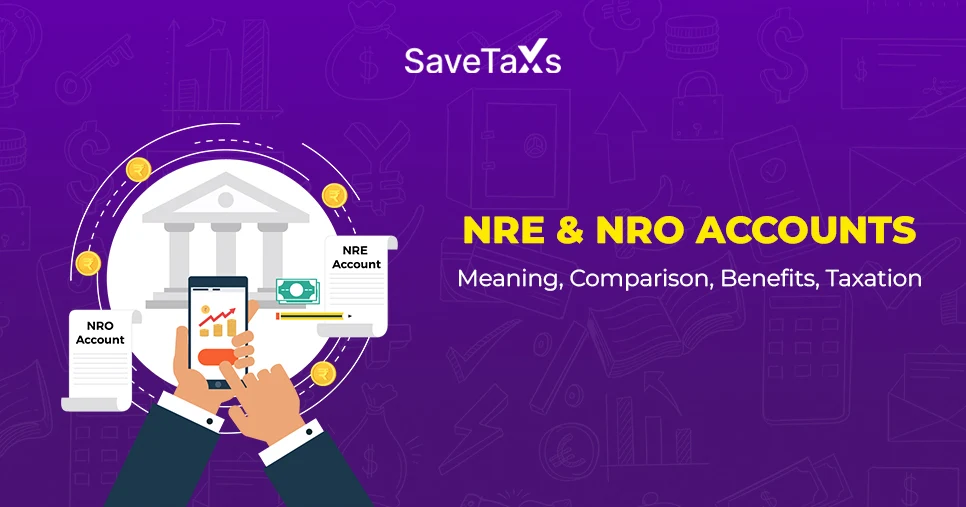
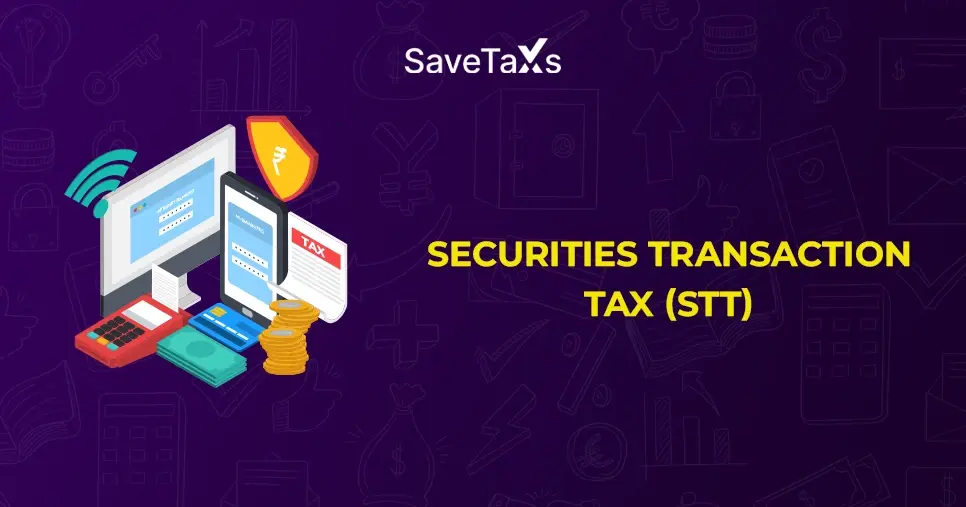
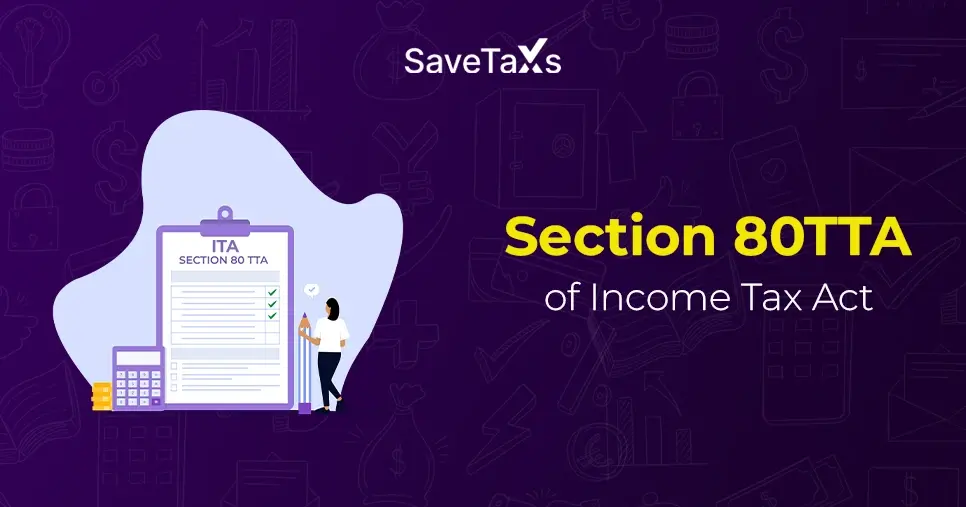
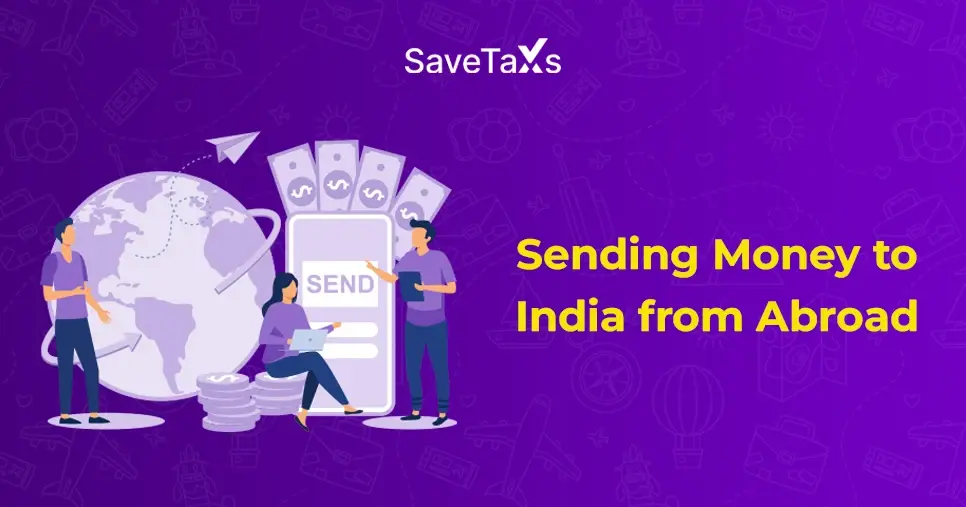

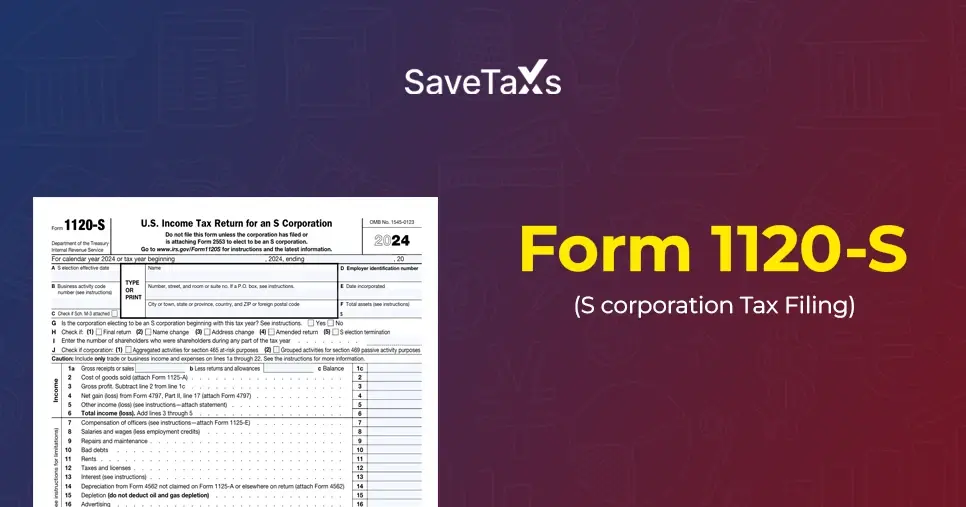
-DEDUCTION-ON-HOSUING-LOAN_1756903528.webp)
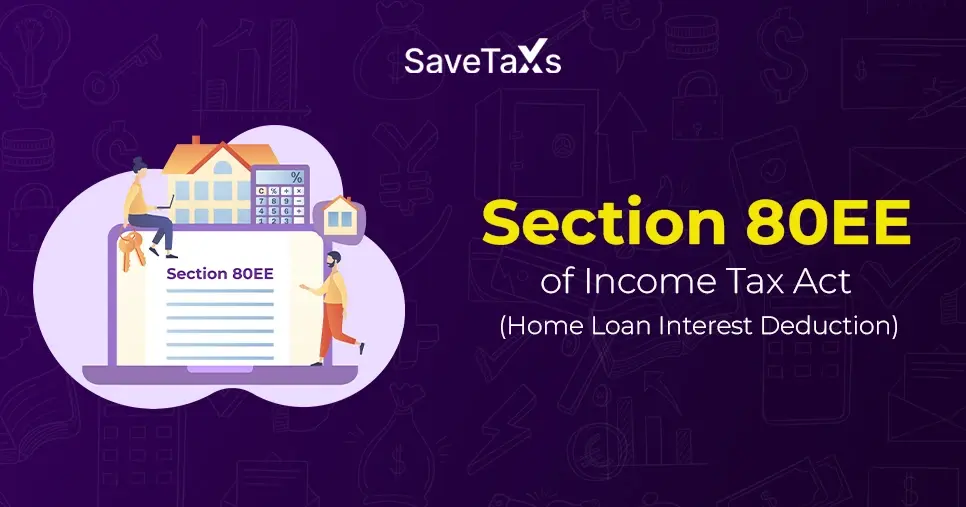
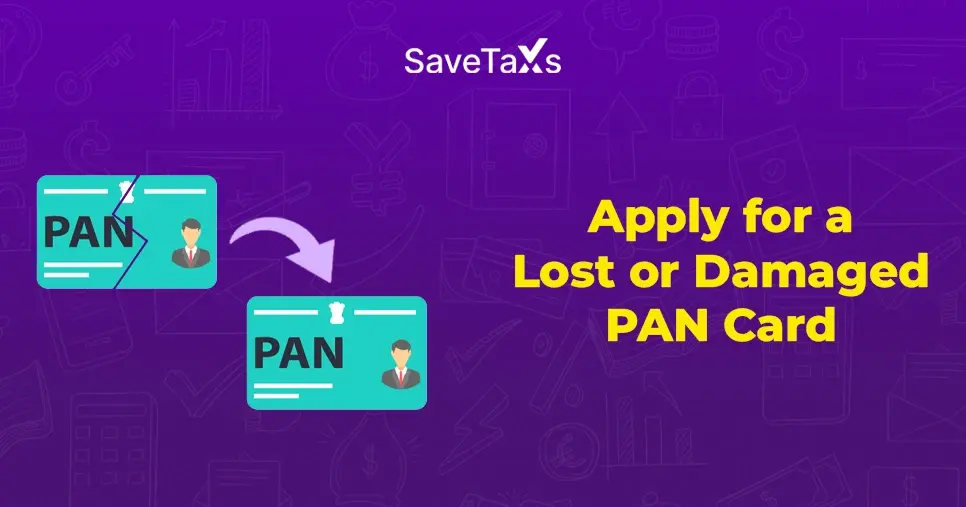
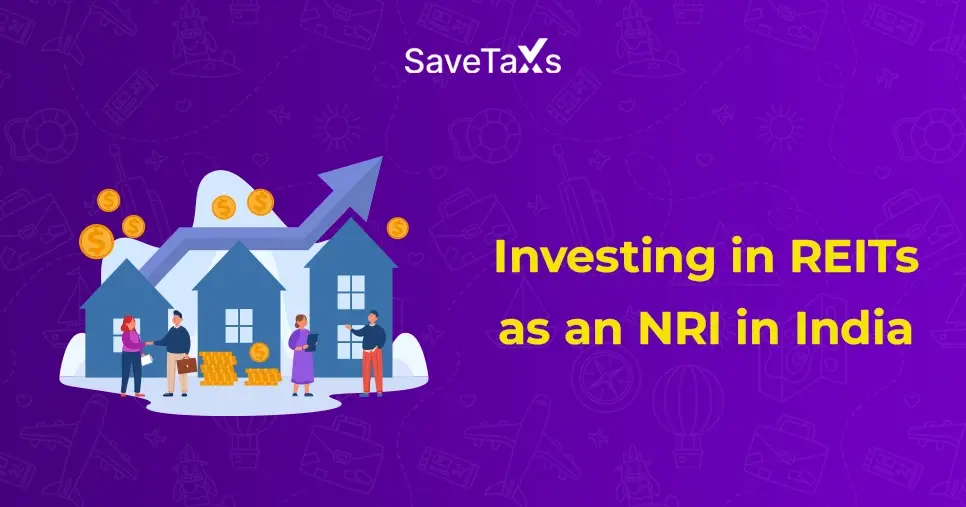
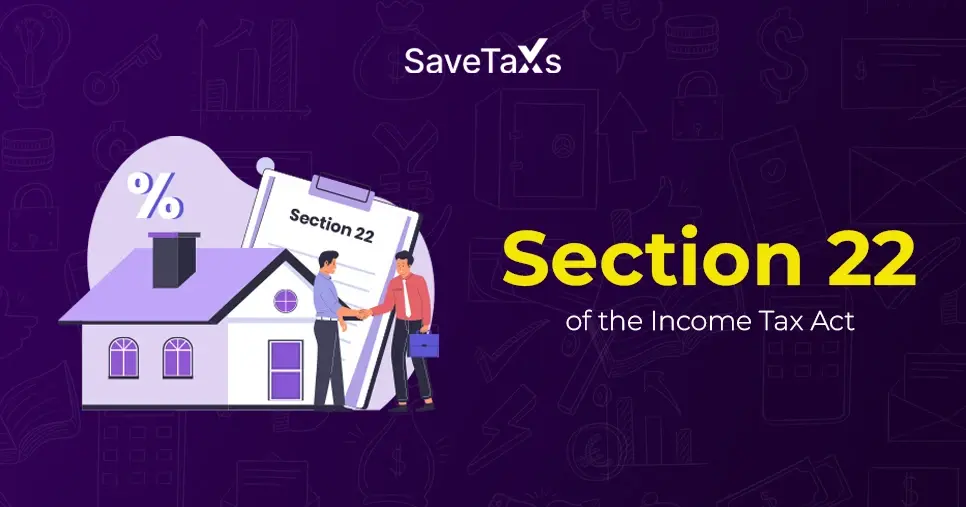
(i)-Of-The-Income-Tax-Act_1756812791.webp)
